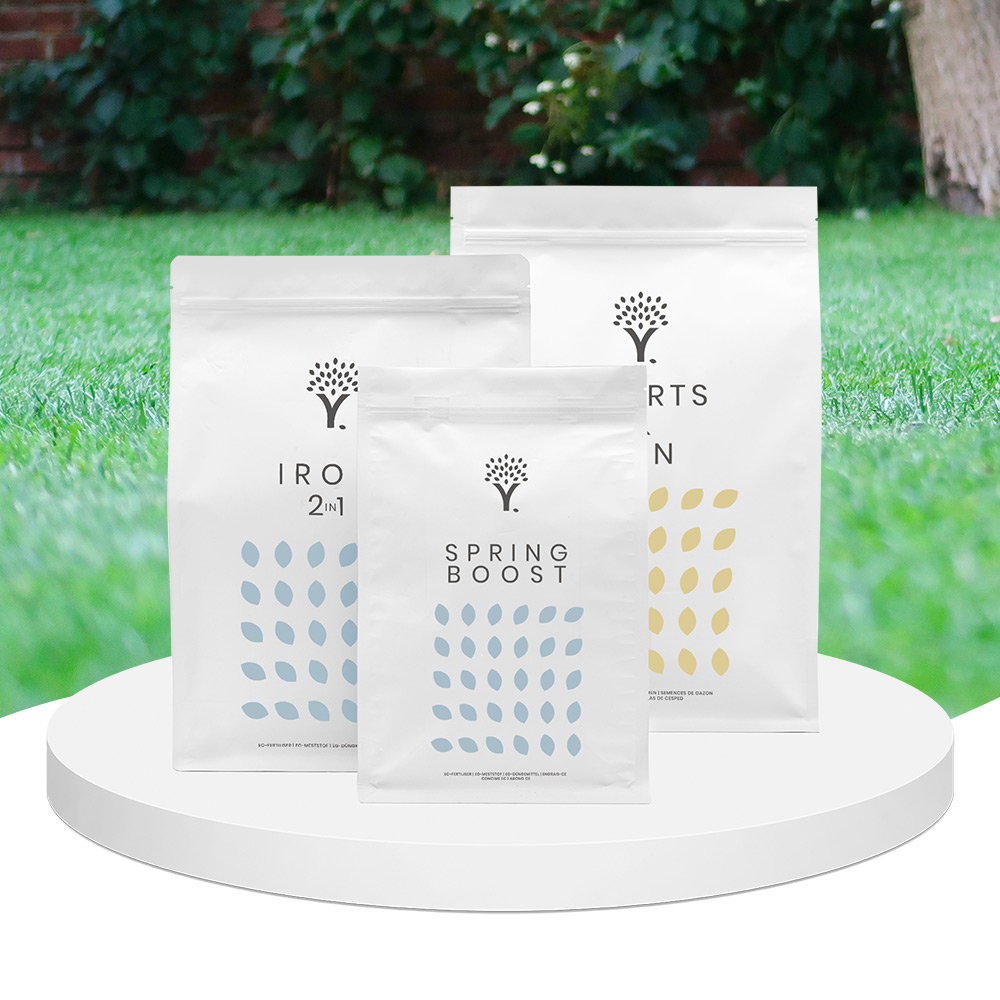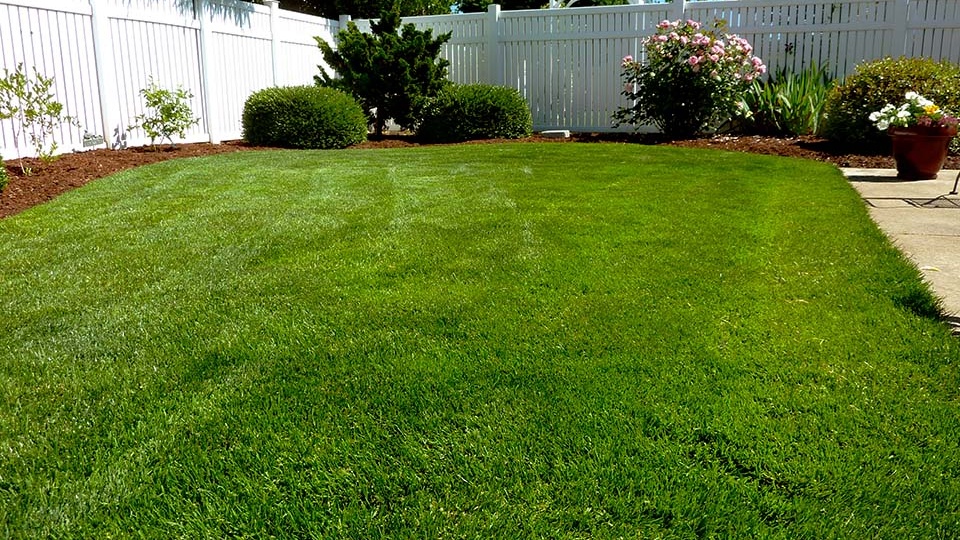Log in or create new account to save this product to your wishlist.
Lavender Cuttings: a step-by-step guide
Lavender adds a delightful scent and a beautiful splash of colour. And you can grow this glorious plant from cuttings! It’s literally the plant that just keeps giving!
Latest articles
7 MIN 22 Jul How to keep your lawn in shape this summer 9 MIN 15 Jul Watering Your Garden: 10 Top Tips! 11 MIN 15 Jul Is Your Grass Type Right for your Garden? 11 MIN 10 Sep Create Your Low-Maintenance Garden – Tips and Ideas 11 MIN 08 Sep The Ultimate Guide to Choosing the Perfect Hedges for Your Garden 12 MIN 30 Aug The Top 20 Evergreen Climbers to Transform Your GardenThere are few plants whose scent can excite the senses like lavender. And luckily, lavender’s a plant that will easily grow from a cutting, meaning you can spread the lavender joy around your garden for free. But you need to know how to take lavender cuttings for successful results.
- Why grow plants from lavender cuttings?
- When to take lavender cuttings
- How to take lavender cuttings: a step-by-step guide
- Different methods of growing lavender from cuttings
- Tips for successful lavender cutting
- Transplanting your lavender cuttings
- How to care for new lavender plants
- Troubleshooting lavender problems
- FAQs
Thankfully, growing new plants from lavender cuttings is super-easy, but there are a few steps to follow to ensure healthy new bushes of this valuable bee and butterfly attractor.
This article explores how to grow new plants from lavender cuttings with a step-by-step guide that guarantees success. And once your new plant is thriving, you’ll need some expert care tips.
It’s all here. So, let’s get started!
Why grow plants from lavender cuttings?

Propagating new plants from lavender cuttings has several benefits over other cultivation methods.
Firstly (and perhaps most importantly), it’s cost-effective and simple to cultivate a new plant from a lavender cutting. Indeed, it’s possible to produce multiple plants without spending a single penny on seeds or young plants.
Growing a plant from a cutting means that it benefits from the vitality of the mother plant. So, as long as you choose a healthy plant for your cuttings, you’ll enjoy healthy new plants with the same fragrant flowers and medicinal properties as the original plant.
Finally, cuttings take root quickly and grow more rapidly than producing a new plant from seed. This means you’ll more quickly enjoy healthy mature plants in your garden.
When to take lavender cuttings
It’s best to take your cuttings in spring or early summer while the plant is actively growing. This ensures you take healthy shoots that root quickly and develop into new plants.
Only take cuttings from healthy, non-flowering shoots — those with flowers will root more slowly.
Ensure that the mother plant is well-hydrated and showing no signs of too little water — if the plant is dry, the cuttings are unlikely to develop roots.
How to take lavender cuttings: a step-by-step guide

This is a simple, foolproof process consisting of a few easy steps.
- Select healthy, non-flowering side shoots, ensuring they have a thin, woody bark section at the bottom. Your cutting needs to be 10-15cm long, showing no signs of disease or pest infestation.
- Remove the shoots with a sharp, cleaning pruning shear or knife. Make a slanted cut just below the leaf knot to help the cutting root more easily.
- Cut away the lower leaves from the cuttings, leaving 5cm of bare stem at the bottom — this will assist the rooting process.
- Fill a well-draining pot with a fine potting mix, such as vermiculite or good-quality potting soil mixed with sand. Insert the exposed stems into the potting soil.
- Water the lavender cuttings after placing the pot in a warm, sunny place. Ensure the soil remains moist (but never too wet). The cuttings should take root within 4-6 weeks.
- Once the cuttings are sufficiently rooted, transfer them into individual pots or plant them directly in the ground. The plants need plenty of sunlight and regular irrigation until they’ve fully settled — at which point, they’ll develop drought resistance.
How do I know if my cutting has developed roots?
Wait at least one month before testing for roots — six weeks is better.
Then, give the cutting a very gentle tug upwards, away from the soil surface. If you acknowledge resistance, roots are developing nicely. If you pull the cutting, and it leaves the soil with no resistance, it will need longer.
Different methods of growing lavender from cuttings
An alternative approach to developing new plants from lavender cuttings is to place the cutting in a glass of water. Again, strip the lower 5cm of its leaves and replace the water regularly to ensure it doesn’t go stagnant.
It’s easier to see the roots as they develop with this method, but it could take a little longer than the soil method.
However, once the cutting has developed its roots, transplant them into soil and grow as usual.
Garden doctor Louis says:
Garden doctor Louis says: Use cutting powder to increase your success rate when growing new plants from lavender cuttings. The powder encourages faster rooting, and the resulting plant will grow more rapidly.
Using growth hormones

Another way to ensure good root development is to use growth hormones, which come in powder form. Simply dip the cut tip of the stem into the powder before planting in potting soil or vermiculite, and it will accelerate the rooting process.
Always read and follow the instructions to ensure you use the right amount of the powder.
Tips for successful lavender cutting

These are the essential tips for successful lavender cutting:
- Take cuttings from healthy, non-flowering shoots
- Always cut with clean tools. This helps avoid disease.
- Remove the bottom 5cm of leaves to avoid rotting.
- Always use good-quality, well-draining potting medium, such as vermiculite.
- Keep your cuttings moist (but the soil should never be soggy!)
- Place the cuttings in a warm, sunny place.
- Be patient! Give the cuttings enough time to take root!
Transplanting your lavender cuttings
Once your cuttings have developed roots, it’s time to transfer the plant into its growing position.
Planting in pots
If you’re planting them in pots, make sure the soil type is right for an adult plant. Typically, they prefer poor, dry, and moderately fertile soil — a sandy loam with a mild mix of nutrients is best.
The ideal custom blend for adult lavender plants is a mix of:
- Peat moss
- Perlite
- Pumice
- Sand
- Horticultural charcoal
- Worm castings
- Lime
This light mix remains aerated and well-draining.
Planting in flower beds
Of course, your lavender plant still needs the same amount of light and moderately nutritious soil. If you have sandy, fast-draining soil, you’re good to go!
However:
It’s a significant problem if you have heavy clay soil, which is too high in nutrients and water retention
So, if you have heavy soil, dig a hole and mix in well-rotted compost and horticultural sand to improve the drainage before planting. Otherwise, the new roots could rot in soggy soil.
How to care for new lavender plants

Once you’ve replanted your lavender plants, make sure they stay strong and healthy by:
- Watering regularly at first — but always avoid over-watering. Established plants prefer dry conditions, so you’ll typically rely on rainfall rather than manual watering once the plant has taken good root in its final position.
- Position the plant in a sunny spot with at least 6 hours of direct sunlight each day.
- Feed with a sprinkle of potash around the plant base once a year. Don’t overfeed; avoid manure and high-nitrogen fertilisers — they’ll damage the plant.
- Prune your plant each year to prevent woodiness and disease. Check out our expert’s guide to pruning lavender.
Troubleshooting lavender problems
Here’s how to deal with common lavender problems:
- Yellow/discoloured leaves — typically indicates overwatering. Cut back on manual watering.
- Poor growth — if your plant fails to thrive, it could be due to a lack of sunlight. Perhaps move your plant to a sunnier spot.
- Disease — fungal infections and root rot affect the plant’s vitality. Keep the soil dry around your plant and pull up surrounding weeds.
- Pests — combat lice or spider mites with nematodes.
FAQs
Absolutely! Take a 10-15cm cutting from a non-flowering branch, remove the lower 5cm of leaves, and place it in potting soil. Keep the soil moist; give it 4-6 weeks to develop roots. Then transfer to its final spot.
Yes. Simply take a 10cm-15cm cutting from a non-flowering branch, strip off the bottom 5cm of leaves to prevent rotting, then place in 5cm of water. Replace the water every few days to keep it fresh. Then, after around a month, you’ll see roots appearing — ready for transplanting.
Wait till spring or summer — when the plant is actively growing. This means the cutting will be full of vitality; ready to develop new roots!
Any questions?
I hope you feel confident to take your own lavender cuttings, but if you have any questions, email us, and we’ll get back to you ASAP.
Or check out our comprehensive Help & Advice section!
Thanks for reading!
Leave a comment
Your answer will be displayed on the site and the interested party will be notified by email.
Leave a comment
Have a question or want to share your experience? Leave us a comment.
Read more
The best tips and tricks for a lush green lawn
 11 MIN
10 Sep
Create Your Low-Maintenance Garden – Tips and Ideas
11 MIN
10 Sep
Create Your Low-Maintenance Garden – Tips and Ideas
 7 MIN
01 Sep
How and When to Plant Daffodil Bulbs
7 MIN
01 Sep
How and When to Plant Daffodil Bulbs
 Scarifying Kit
All products after scarifying | Quickly restores the lawn after scarifying | Outsmart weeds quickly with the use of this kit
From: € 39.99
Scarifying Kit
All products after scarifying | Quickly restores the lawn after scarifying | Outsmart weeds quickly with the use of this kit
From: € 39.99
 Spring Lawn Care Kit
MOOWY’s choice for the spring | Quick recovery of your lawn after winter | A strong lawn prevents weeds
From: € 25.99
Spring Lawn Care Kit
MOOWY’s choice for the spring | Quick recovery of your lawn after winter | A strong lawn prevents weeds
From: € 25.99
 Long Lasting Lawn Fertiliser
Effective for 90 days | See results in 14 days! | Suitable for all types of grass and soil
From: € 13.99
Long Lasting Lawn Fertiliser
Effective for 90 days | See results in 14 days! | Suitable for all types of grass and soil
From: € 13.99
Do you want a lawn calendar?
🌱 All important maintenance moments for your lawn during the year. Leave your email and we will send you the lawn calendar for free.
Enter your email
Receive the lawn calendar in the mail
Enjoy a green lawn all year round!










Comments (0)
There are no comments yet. Well then, what are you waiting for to
Be the first to write your comment!inaugurate this pretty page?
Do you have some comments?